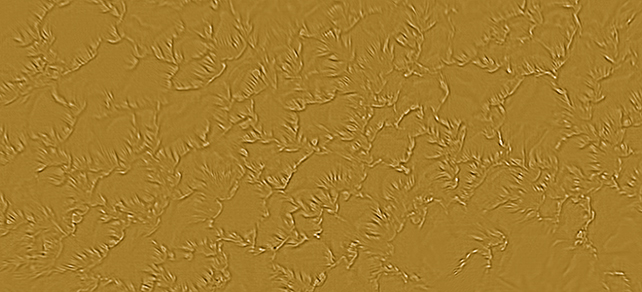Upgrades to the National Science Foundation's Daniel K. Inouye Solar Telescope have delivered stunning new images of the Sun's surface containing structures a mere 20 kilometers (about 12 miles) across.
The radiant 'curtains' are only about as thick as Manhattan is long, driven across the solar landscape by fluctuations in magnetic fields that emerge from within the broiling plasma that surrounds the Sun.
"In this work, we investigate the fine-scale structure of the solar surface for the first time with an unprecedented spatial resolution of just about 20 kilometers, or the length of Manhattan Island," says astronomer David Kuridze, from the NSO.
"These striations are the fingerprints of fine-scale magnetic field variations."
The new research, led by a team from the National Solar Observatory (NSO) in the US, gives us fresh insight into what's happening on the surface of the Sun, as well as once again demonstrating the optical power of the Inouye telescope.
Let's not forget that the Sun is around 150 million kilometers away from Earth, so being able to spot distinctive features at this kind of resolution is a triumph of science and engineering.
The striations appear at the edges of larger solar convection bubbles (or granules) previously observed by Inouye, caused by the heating and cooling of plasma.
The brightness and darkness of the stripes is controlled by the strength of the magnetic field, and very slight variations in these fields can shift the properties of the plasma. When the field is weaker than its surroundings, the curtains dim with respect to its glowing background.

The research team followed its observations with simulations of the physics of the phenomenon, finding a match that explained what the telescope was showing – although this wasn't something the astronomers had expected to see.
"Magnetism is a fundamental phenomenon in the Universe, and similar magnetically induced stripes have also been observed in more distant astrophysical objects, such as molecular clouds," says NSO astronomer Han Uitenbroek.
"Inouye's high resolution, in combination with simulations, allows us to better characterize the behavior of magnetic fields in a broad astrophysical context."

There's a lot of incredibly complex physics behind the Sun's surface weather, and being able to view it in more detail will reveal the interactions of heat, magnetism, and movement – and how they might be playing out elsewhere in the Universe.
And there's going to be plenty more to come from the Inouye telescope, which only started making scientific observations in earnest in 2022. The information we've already gleaned from its imagery will help us better understand events like sunspots and solar eruptions, which can have repercussions on Earth.
"This is just one of many firsts for the Inouye, demonstrating how it continues to push the frontier of solar research," says NSO astronomer David Boboltz.
"It also underscores Inouye's vital role in understanding the small-scale physics that drive space weather events that impact our increasingly technological society here on Earth."
The research has been published in the Astrophysical Journal Letters.
